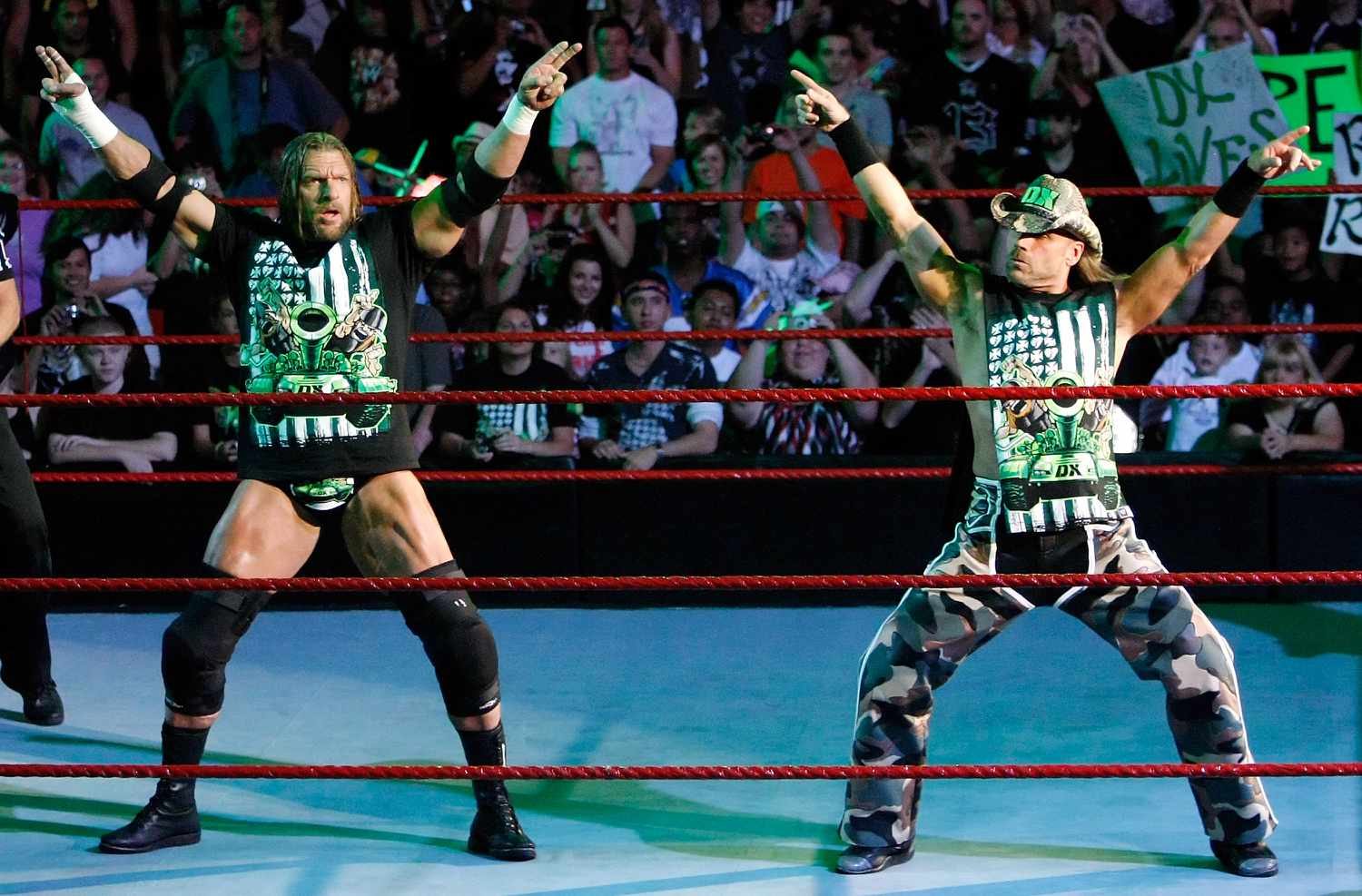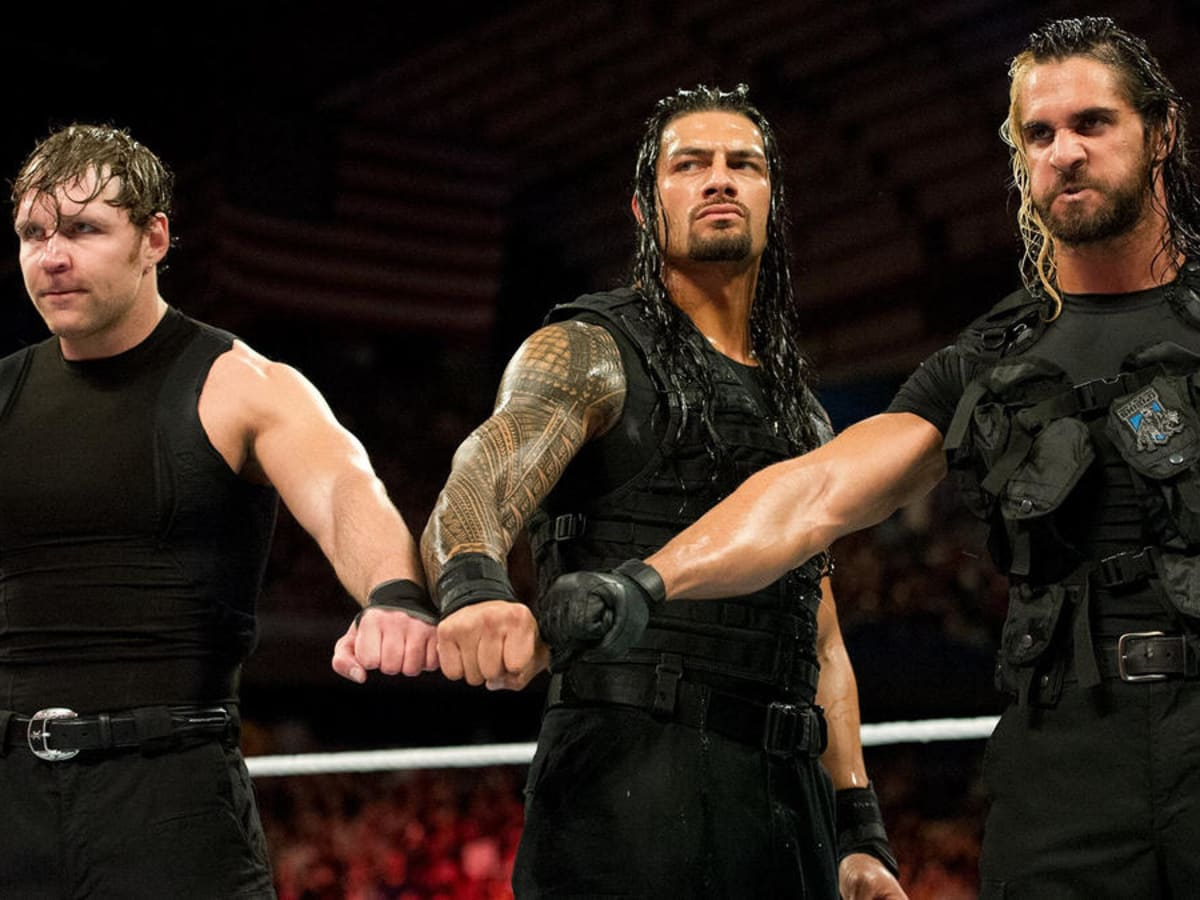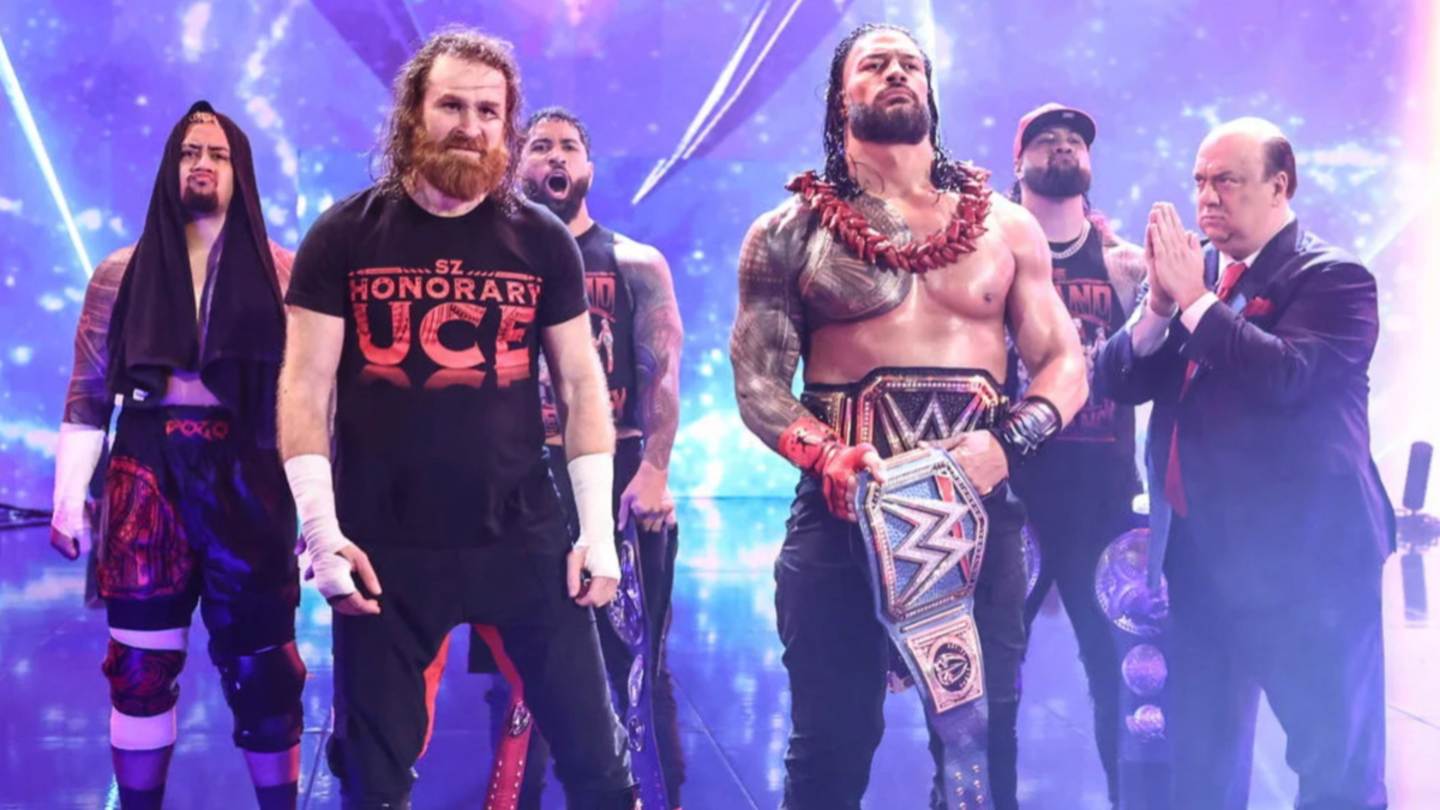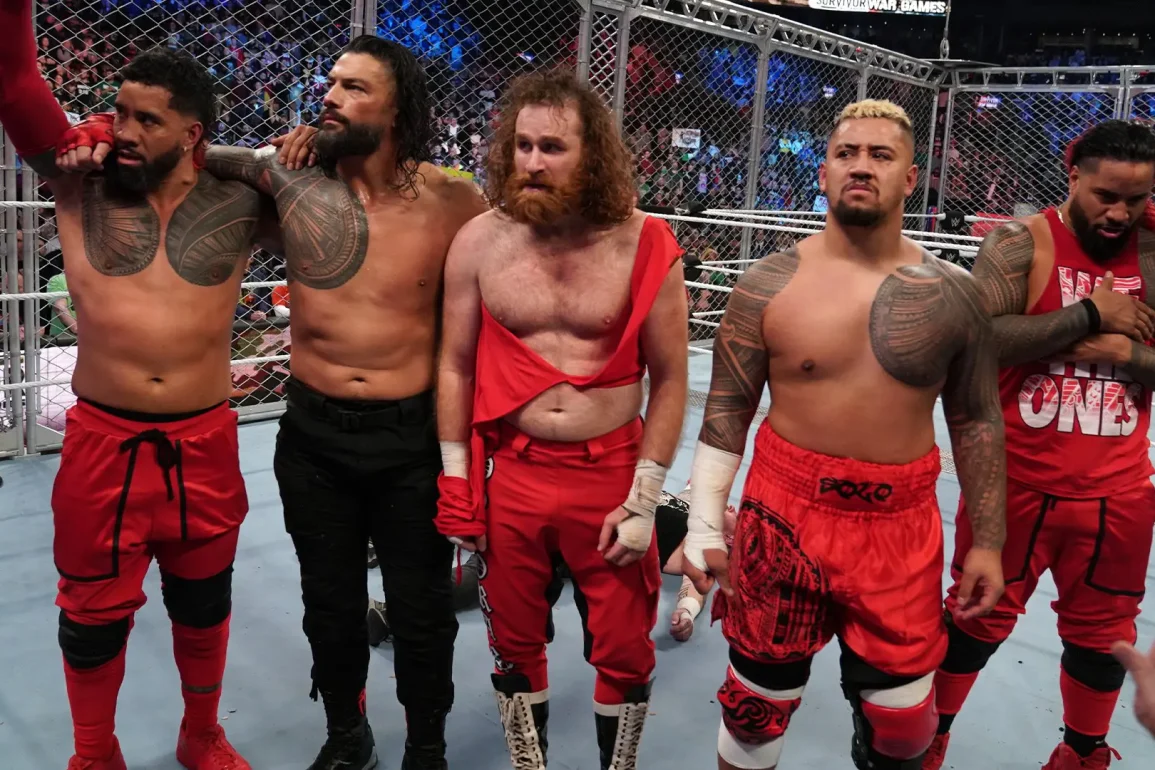Professional wrestling has always thrived on alliances, rivalries, and iconic characters, but few elements have had a more lasting impact than the formation of stables. These powerful groups have not only propelled individual careers but also shifted the entire direction of WWE and the wrestling industry. From changing the way storylines unfold to introducing edgy, boundary-pushing content, stables have been a driving force behind some of the biggest moments in wrestling history.
Whether through brute force, political intrigue, or sheer charisma, these alliances created moments that defined generations of fans and wrestlers alike. WWE stables are more than just groups of wrestlers thrown together — they are often cultural movements within wrestling that influence storytelling, character evolution, and even fan perception. Let’s look at four of the most influential WWE stables that left an undeniable mark on wrestling history and changed how fans watch the sport forever.
1. D-Generation X: The Birth of Attitude

When D-Generation X (DX) burst onto the scene in the late 1990s, they weren’t just another faction — they became a symbol of rebellion and counterculture. Comprised originally of Shawn Michaels, Triple H, Chyna, and Rick Rude, DX’s antics pushed WWE into the Attitude Era, shifting content to a more adult and edgy product that resonated with fans worldwide.
Their willingness to break the fourth wall, mock authority, and bring a raw sense of humor changed what could be expected from wrestling entertainment. Whether it was invading WCW events or delivering legendary promos, DX created viral moments before social media even existed. Their feud with Vince McMahon and various WWE legends provided unforgettable television.
DX’s catchphrases like “Suck It!” and their crotch chop taunt became iconic, crossing into mainstream pop culture. The group’s ability to blend comedy with serious wrestling storytelling set a template for future stables. DX proved that wrestling could be rebellious and humorous and still deliver high-quality matches — a combination that helped WWE win the Monday Night Wars.
2. The nWo: Wrestling’s Coolest Takeover

Although the New World Order (nWo) technically began in WCW, its eventual WWE run cannot be ignored when discussing stables that transformed the business. With founding members Hulk Hogan, Kevin Nash, and Scott Hall, the nWo blurred the lines between storyline and reality, introducing an edgy “outsider” concept that made fans question what was real.
When WWE acquired WCW, the nWo was brought in to recreate some of that magic — and though the group was past its prime, its influence on how WWE approached stables remained significant. The concept of “invasion” angles and anti-hero stables trying to overthrow a company took root largely because of what the New World Order pioneered.
Their black-and-white branding, spray-painted titles, and gang-like mentality became synonymous with dominance and rebellion. Without the nWo’s success, later groups like DX and even modern-day stables such as The Bloodline might never have gained traction. The New World Order didn’t just change one company; it forever altered how wrestling storylines could blur fiction and reality to create compelling television.
3. The Shield: Modern-Day Warriors Who Redefined Dominance

When The Shield — composed of Roman Reigns, Seth Rollins, and Dean Ambrose (now Jon Moxley) — debuted at Survivor Series 2012, few predicted the massive influence they would have on WWE’s modern era. Initially presented as enforcers for CM Punk, The Shield quickly evolved into a force of their own, known for their tactical attacks, cohesive teamwork, and distinct “SWAT” gear aesthetic.
Their entrance through the crowd symbolized that they weren’t like other factions. They were a unit of equals, each bringing something unique: Reigns’s powerhouse presence, Rollins’s high-flying athleticism, and Ambrose’s unpredictable brawler style. What set them apart from many other groups was their ability to maintain credibility both as a team and as individuals.
After their split, all three members went on to become WWE World Champions, proving that The Shield was not just a faction but a launching pad for three future top stars. Their reunions, rivalries, and eventual betrayals added layers to WWE storytelling, and they remain one of the best examples of how a stable can define a generation of superstars.
4. The Bloodline: A Family Dynasty Dominating an Era

The Bloodline, led by Roman Reigns with The Usos (Jimmy and Jey Uso) and later Solo Sikoa, represents a modern-day evolution of the stable concept. What makes The Bloodline unique is their deep-rooted family connection, which adds realism and emotional depth to its storylines. Beginning with Reigns’ transformation into “The Tribal Chief,” the group has dominated not only championships but also narrative arcs that stretch across WWE’s flagship shows.
Their storyline focuses on respect, loyalty, and family hierarchy, bringing an almost cinematic quality to WWE programming. Reigns’ reign as Universal Champion, backed by The Usos’ multiple tag team title runs, has kept The Bloodline at the center of WWE’s most important stories for years.
Their feuds with top stars like Brock Lesnar, Sami Zayn, Cody Rhodes, and others have produced some of the highest-rated segments and premium live event matches in recent memory. The Bloodline has demonstrated that long-term storytelling, when done right, can create unforgettable moments and keep fans invested week after week. They’ve redefined how stables can be used to build legacy while pushing new stars to the forefront.
Why These Stables Still Matter
Each of these groups didn’t just entertain; they reshaped how wrestling is perceived and presented. D-Generation X pushed boundaries and injected humor into rebellion. The nWo brought realism and danger to wrestling storylines. The Shield showed how unity and equal footing within a stable can create future main eventers, and The Bloodline has set a new bar for emotional, character-driven storytelling.
Through their influence, these stables have crafted moments that fans still talk about today — from DX’s mockery of rivals to The Shield’s unforgettable debut and The Bloodline’s ongoing saga. They also impacted WWE’s merchandising with T-shirts, entrance music, and catchphrases that became cultural phenomena.
Moreover, these stables showed the importance of evolving the group concept. While some relied on value or dominance, others leaned on long-term, slow-burn storytelling, showcasing the versatility of factions in professional wrestling.
By shaping eras, launching careers, and pushing creative limits, these WWE stables have done more than just win titles — they’ve redefined wrestling’s greatest eras. Their stories remind us why groups in wrestling can be some of the most powerful and influential tools for crafting unforgettable television.


